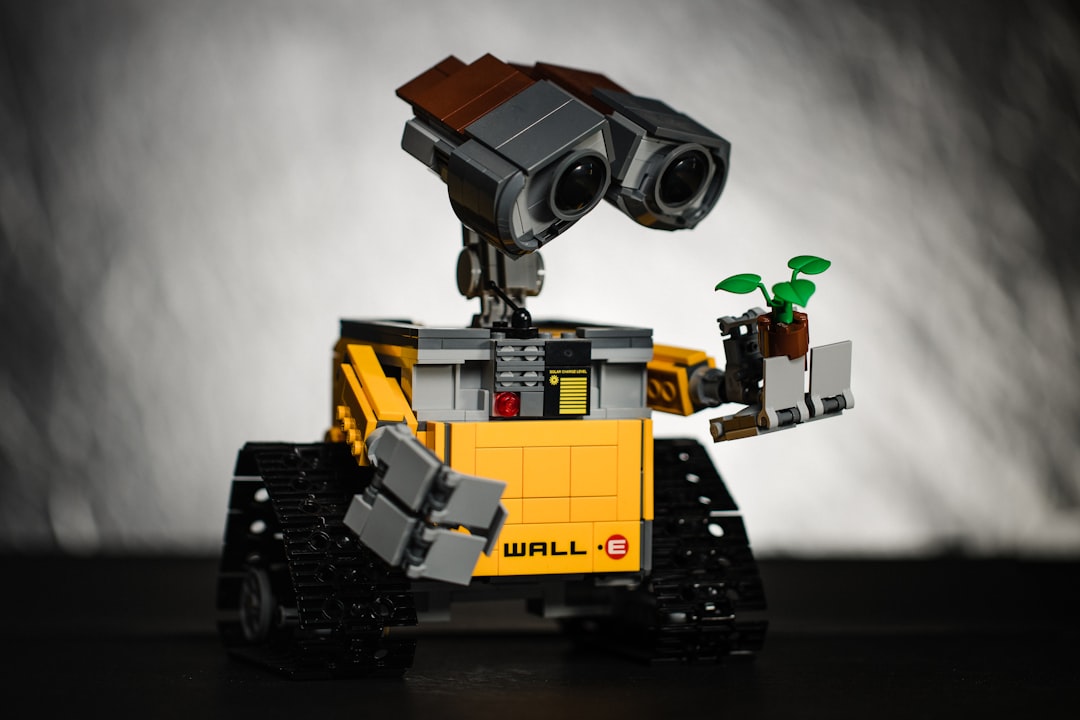🌎 Yes, We Use AI
Mar 8, 2024
•
17 min read


Join the Important Membership to read the rest.
Members get access to this essay and everything else we make. #bless
Start Your 30 Day Free TrialBenefits include:
- Your choice of our critically-acclaimed newsletters, essays, and podcasts
- A welcome sticker pack!
- Ad-free everything
- Your WCID profile: Track and favorite your actions while you connect with other Shit Givers
- Vibe Check: Our news homepage, curated daily just for you. Never doomscroll again
- Lifetime thanks for directly supporting our work
Related articles
No posts found
